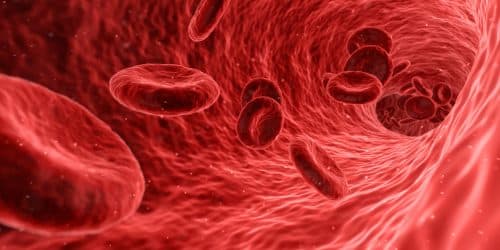Researchers have developed a system inspired by the human spleen, which aims to remove microbial pathogens and toxins from the blood, without damaging its natural components, and all this without even knowing how to identify the source of the infection.

By: Or Amr
Sepsis is a life-threatening condition caused by an overreaction of the body's immune system to a blood infection. It causes the death of about 6 million people worldwide every year and is recognized as a common cause of death among soldiers in the field. One of the challenges in the treatment of sepsis is identifying the source of the infection in order to give timely antibiotic treatment. "In about 70% of the cases of people who suffer from sepsis, we don't know what the cause is and treat blindly" says Donland Ingeber, the founding director of the Wyss Institute for Biologically Inspired Engineering, but despite this challenge, the bright spot for a solution She was discovered at the very same institute.
The goal was to find an effective way to quickly remove all the microbial disease agents and toxins, without harming the natural components of the blood, and all this without even knowing how to identify the source of the infection. Inspiration for solving this challenge was found in the function of the human spleen.
To mimic the intricate microarchitectural structure of the spleen, a team led by Joo Kang, a postdoctoral fellow in Ingeber's lab, designed a device with a series of horizontal slits that connect two vertical channels: a high-flow channel through which pulsating contaminated blood flows and a channel Low current mixed with saline solution.
These proteins lock onto sugar molecules (which are found on the cell wall of most microorganisms), bind toxins (which are released from dead microbes) and allow them to be cleared in the spleen. As blood flows through the spleen-like device, disease agents and toxins bound to the nanobeads (coated with proteins) are drawn into a channel filled with saline solution and then into a collection plate by a magnet while the purified blood is returned to the patient.
"We don't remove the entire spleen here, we took a natural protein from the blood and a bit of the structure and flow of the spleen..." says Ingber, "now we have a relatively simple device that cleans a lot of toxins that eventually cause sepsis, so we don't even need to identify the source of the infection before the treatment ".
When researchers tested the device on mice infected with E.coli and other diseases, the device removed over 90% of the bacteria in the blood. In addition, the researchers showed that the device can purify blood at a rate of 1.25 liters per hour, that is, it can handle the amount of blood of an adult in an average of about five hours, and when necessary, several devices can be connected at the same time.
Ingeber believes that in the future the device will also be able to treat infectious diseases such as Ebola or AIDS. The team is testing a simplified version of the device on pigs and soon a company will be established to continue developing the technology.
